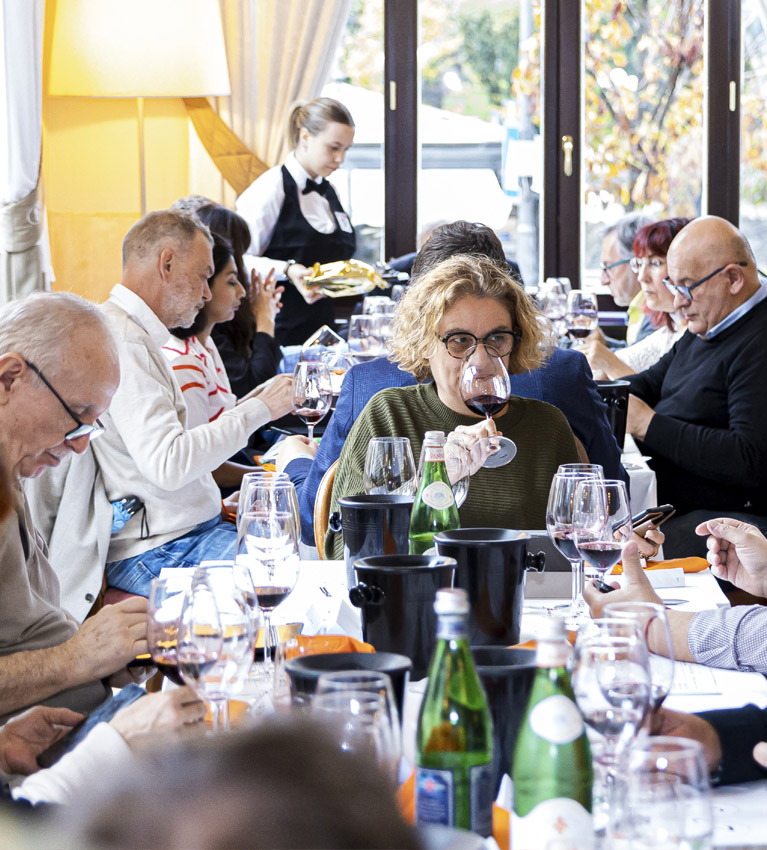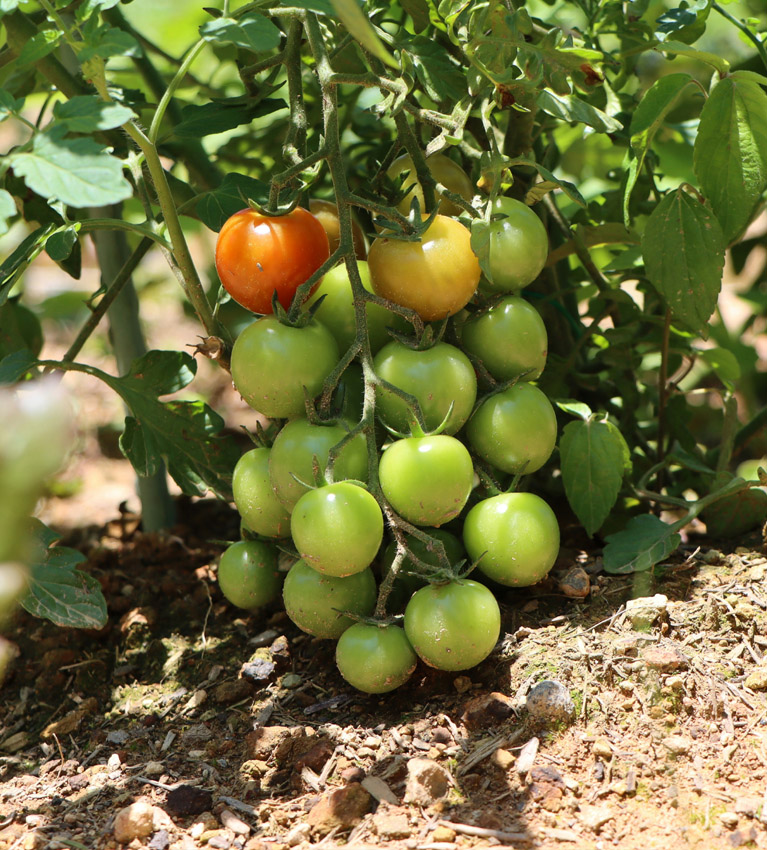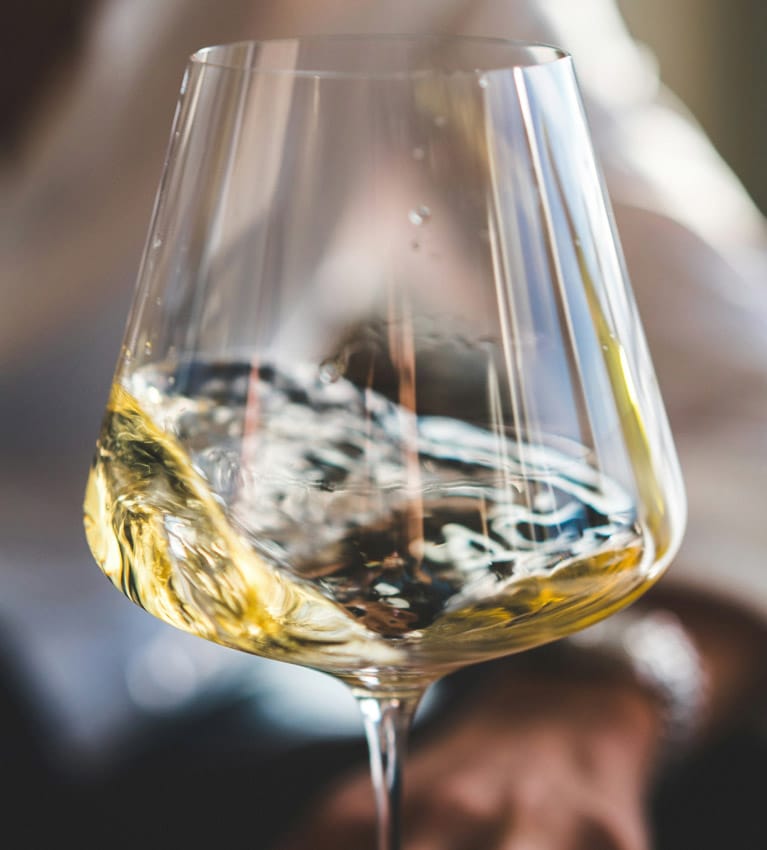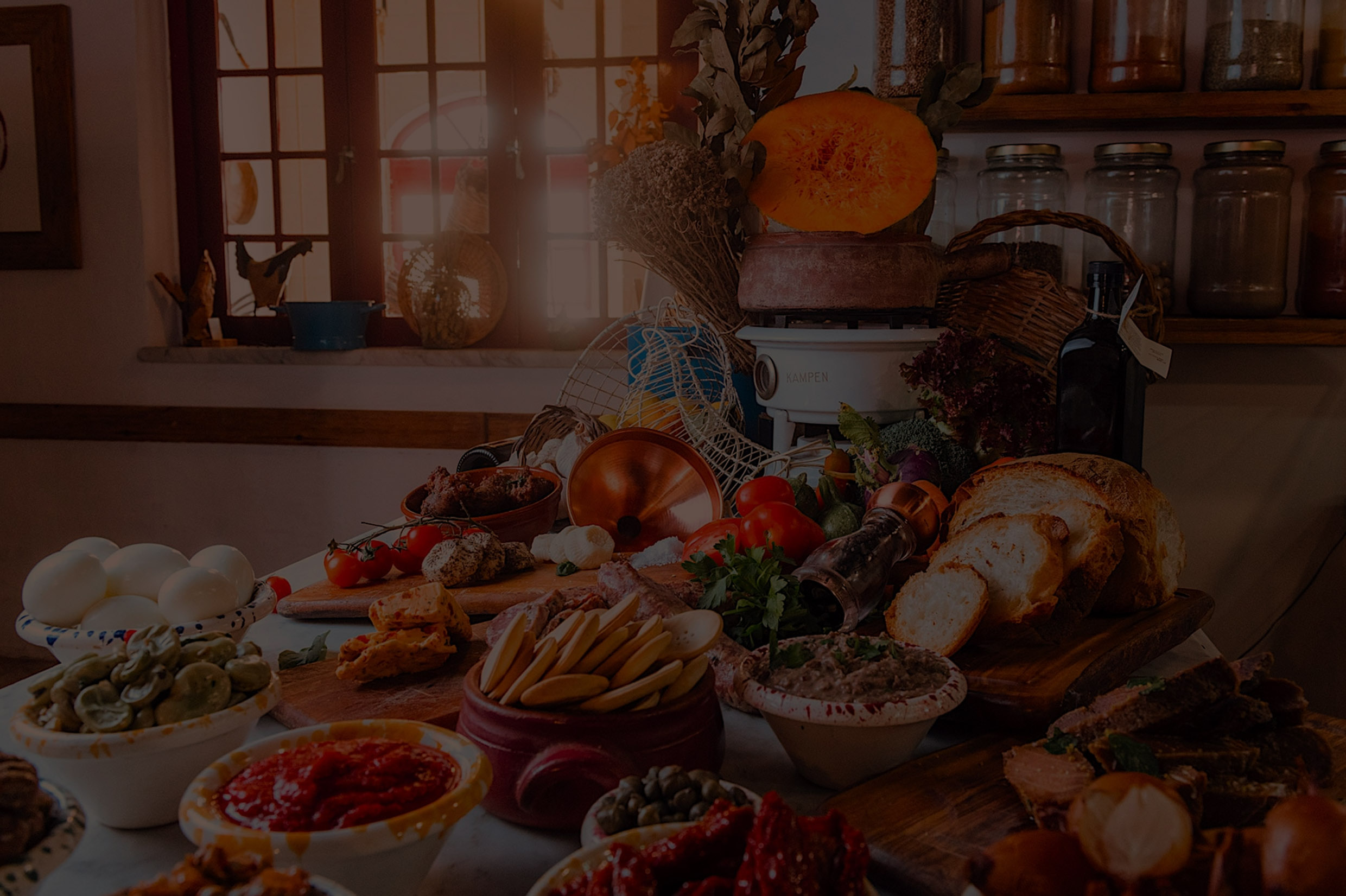
Chefs who Choose Local
July 19, 2025

A New Chapter for Malta’s Tourism Story
July 19, 2025
The Challenge of Quality Human Resources
July 19, 2025In this first of a two-part feature, Victor Calleja explores how Malta’s chefs are turning to fresh, homegrown ingredients to shape the way we dine out.
In my previous article I dared sing the praises of going local. Today I continue delving into the topic by speaking to those who have taken the plunge and try to use mainly local produce at their restaurants. I’m starting out with two renowned contributors to the ‘go local’ scene - Adura and Hammett’s Monastik.
“At Adura we use about 80% of all produce used at the restaurant from the family farm owned by my business partner, Thomas Borg, who is also the chef patron,” says Zack Sammut Murphy, Managing Director of Adura.
He knows it is challenging to stay totally local. He admits that if his partner did not have family ties to a farm, it would be more of a challenge.
“At times we run out of an ingredient for some dish on offer, but this is usually for a short while. We change the menu seasonally and also plant according to what we will be offering,” he adds.
Zack thinks that it would be great – and fitting – if the authorities somehow reward, and incentivise, the use of local produce.
And although he admits that going local can be more expensive, he still believes you shouldn’t pay a ransom just for that.
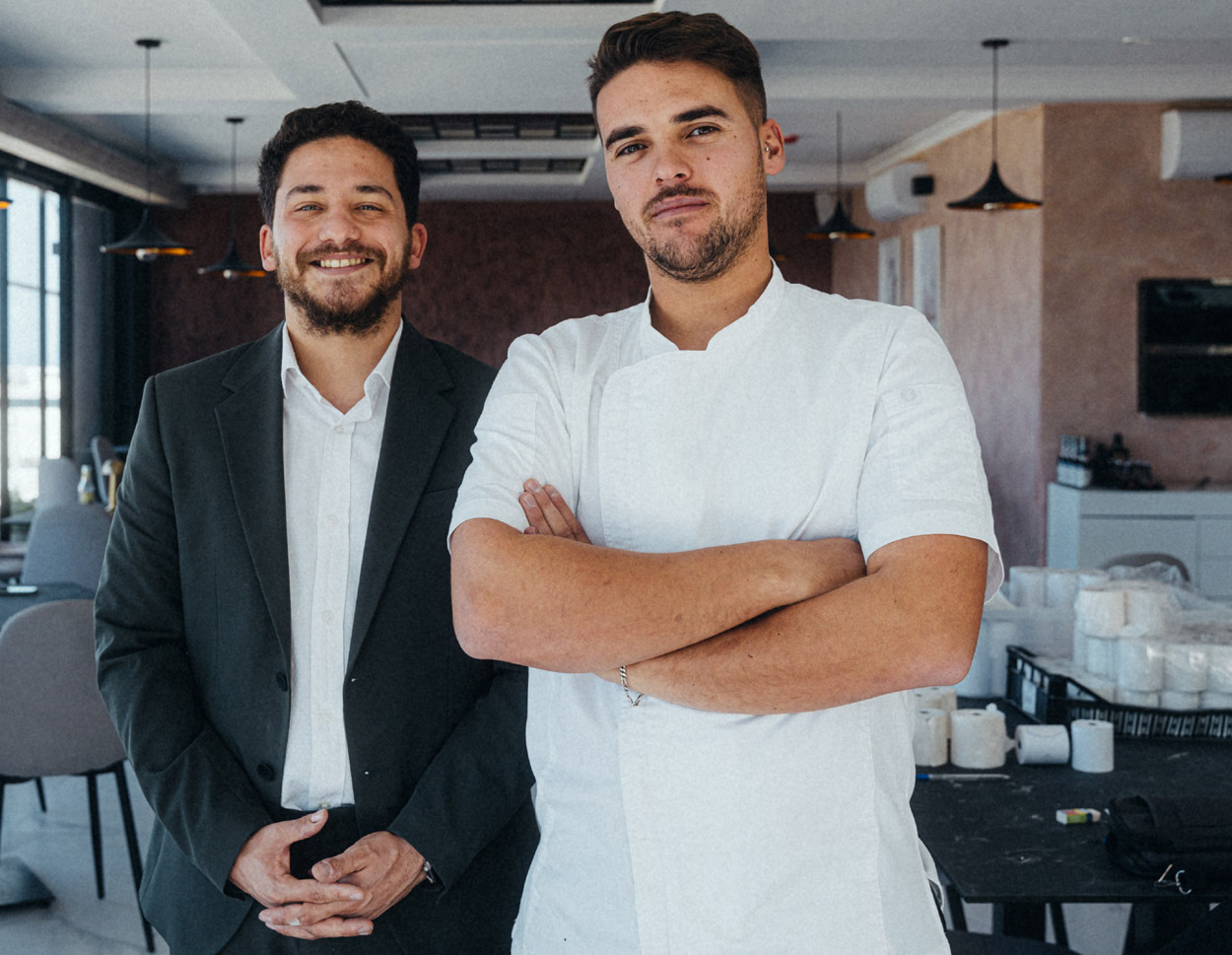
Zack Sammut Murphy (left) and Thomas Borg, Adura
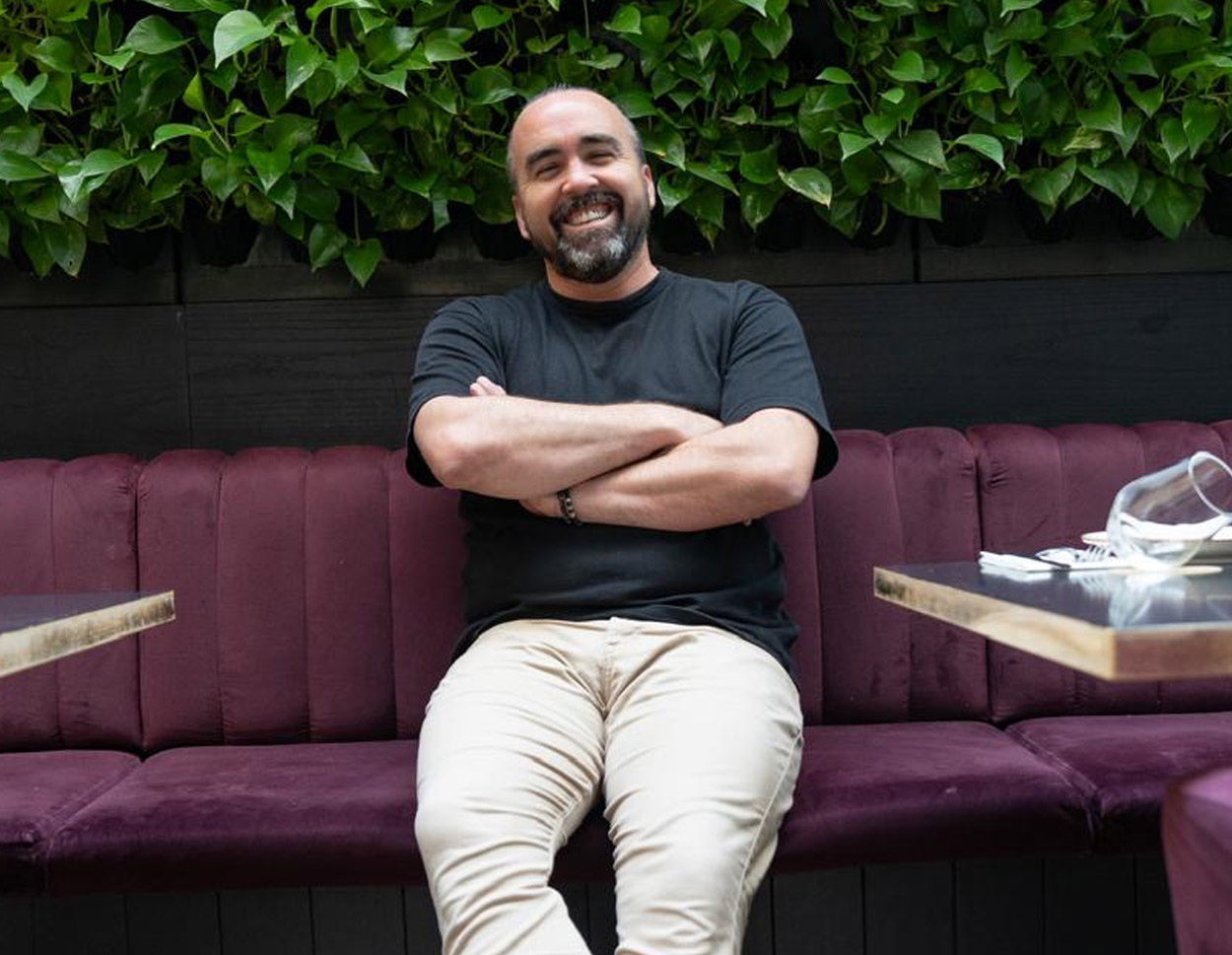
Chris Hammett, Monastik
At Hammett’s Monastik, the whole idea is to be local. Chef patron Chris Hammett also sees a lot of positives in the gastronomy field but feels that more should be done to publicise going local.
Chris says: “Implementing subsidies or grants for local farmers and producers can help reduce costs and increase supply. The authorities should raise awareness of the benefits of choosing local.
More education aimed at farmers in all spheres, including animal husbandry, would further improve local produce.”
Chris too admits that going local is not an easy task. At Monastik they have to adapt the menu based on seasonal availability, which requires flexibility and creativity from the culinary team on a weekly, sometimes daily, basis.
“At Monastik we are nearly fully local but even in our other restaurants where we offer South American and Asian cuisine, we use quite a lot of local produce though naturally we need to use imported ingredients which cannot be sourced in Malta.”
To beat occasional seasonal scarcities, Chris and his team employ different solutions like using old preservation techniques such as fermentation and pickling to ensure they have a consistent flow of produce.
Chris continues: “We've noticed a growing trend of diners who value sustainability and are willing to invest in a meal which aligns with their values. While not every guest may prioritise this, there is a clear and increasing demand for transparency, ethical sourcing, and quality.
Education plays a big role too - when guests understand where their food comes from and the benefits of supporting local producers, they better appreciate the value behind the price.”
Chris says: “Implementing subsidies or grants for local farmers and producers can help reduce costs and increase supply. The authorities should raise awareness of the benefits of choosing local.
More education aimed at farmers in all spheres, including animal husbandry, would further improve local produce.”
Chris too admits that going local is not an easy task. At Monastik they have to adapt the menu based on seasonal availability, which requires flexibility and creativity from the culinary team on a weekly, sometimes daily, basis.
“At Monastik we are nearly fully local but even in our other restaurants where we offer South American and Asian cuisine, we use quite a lot of local produce though naturally we need to use imported ingredients which cannot be sourced in Malta.”
To beat occasional seasonal scarcities, Chris and his team employ different solutions like using old preservation techniques such as fermentation and pickling to ensure they have a consistent flow of produce.
Chris continues: “We've noticed a growing trend of diners who value sustainability and are willing to invest in a meal which aligns with their values. While not every guest may prioritise this, there is a clear and increasing demand for transparency, ethical sourcing, and quality.
Education plays a big role too - when guests understand where their food comes from and the benefits of supporting local producers, they better appreciate the value behind the price.”

Victor Calleja
Victor Calleja is a writer and columnist for Malta’s leading newspaper. For a number of years he edited Insider, a gastronomy and hospitality magazine. He also edited Archetype, centred around urban living. Victor loves anything connected to words, food, travel, and storytelling.
vc@victorcalleja.com
Click here to see Horeca Issue 20 online

